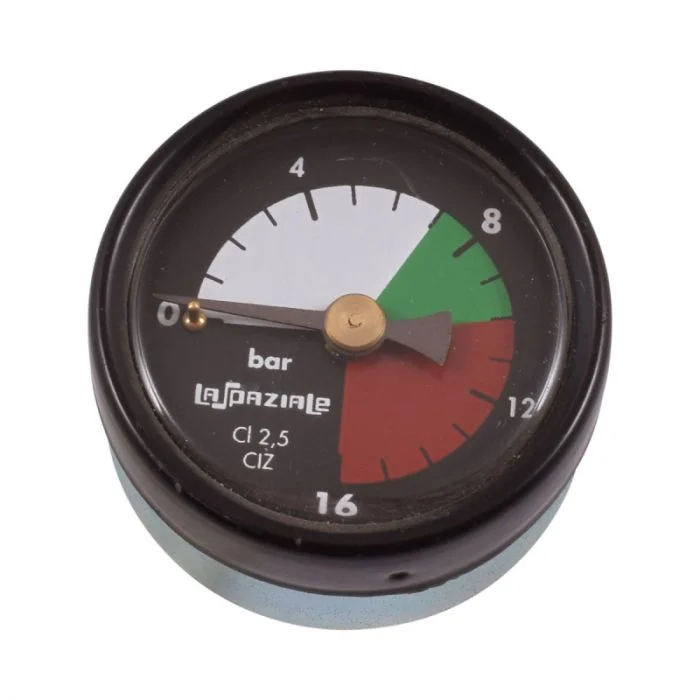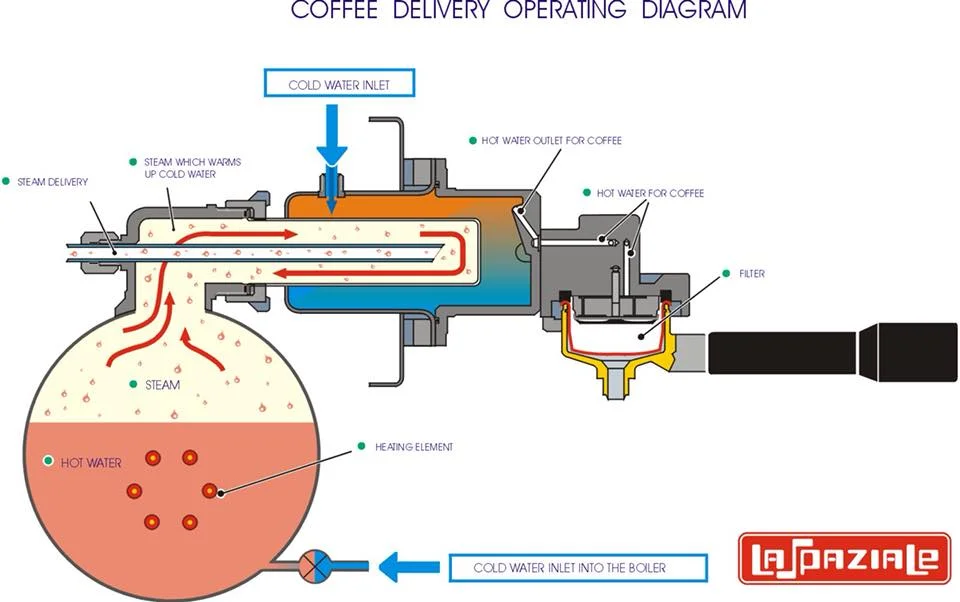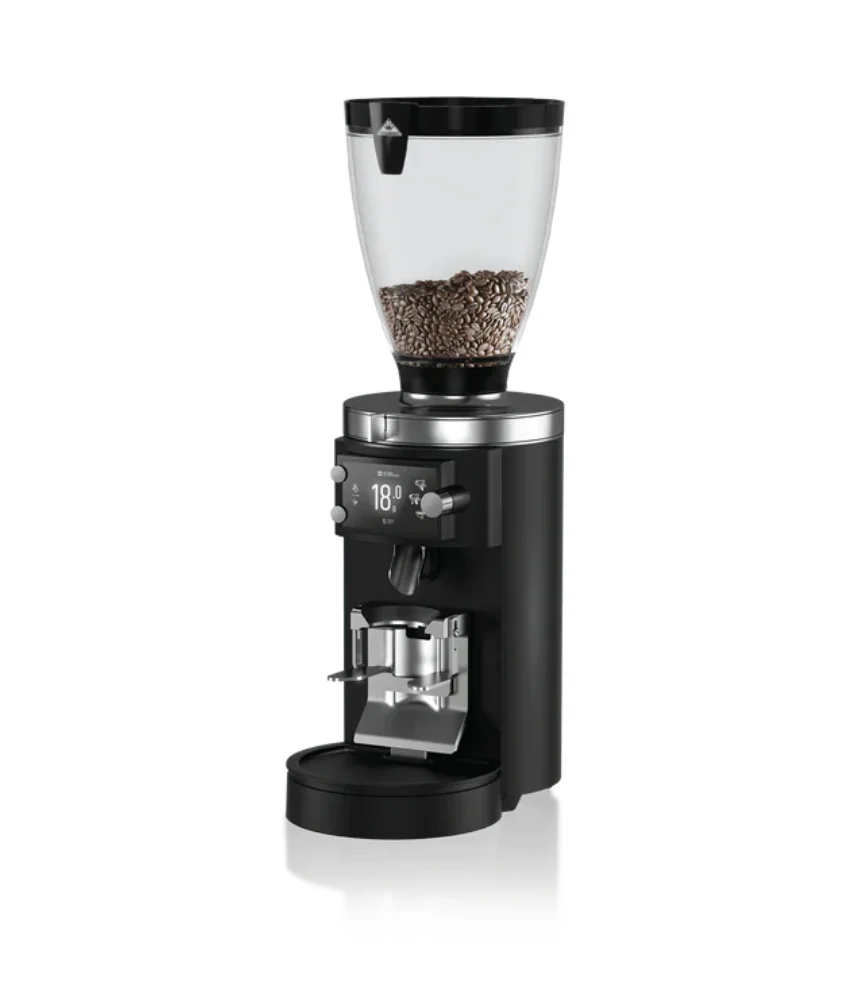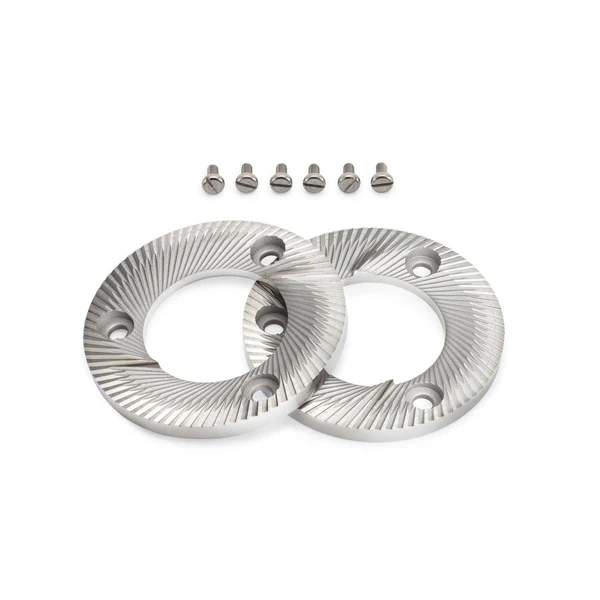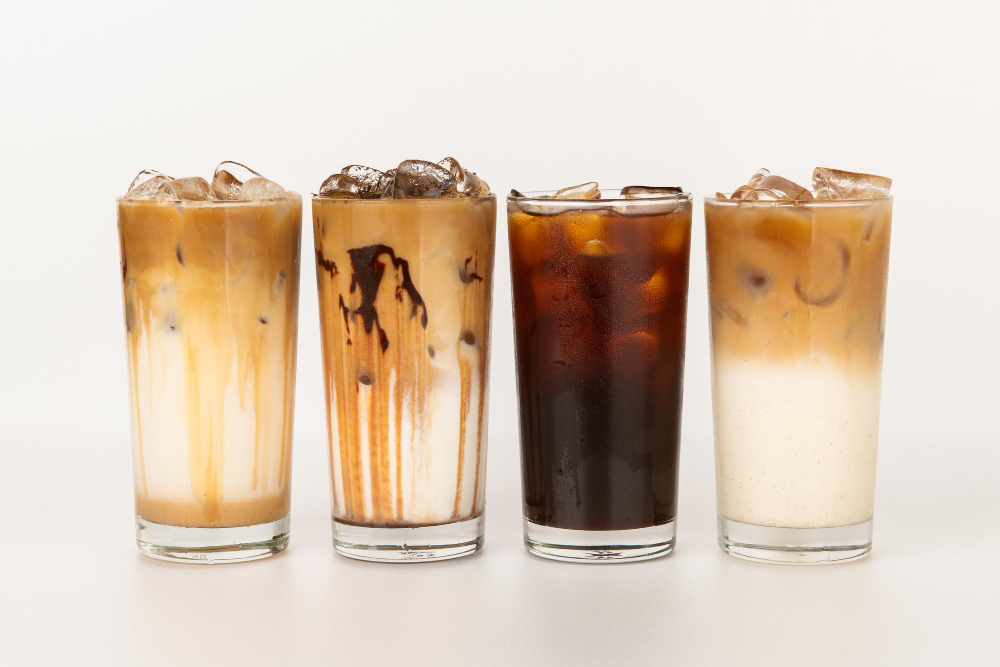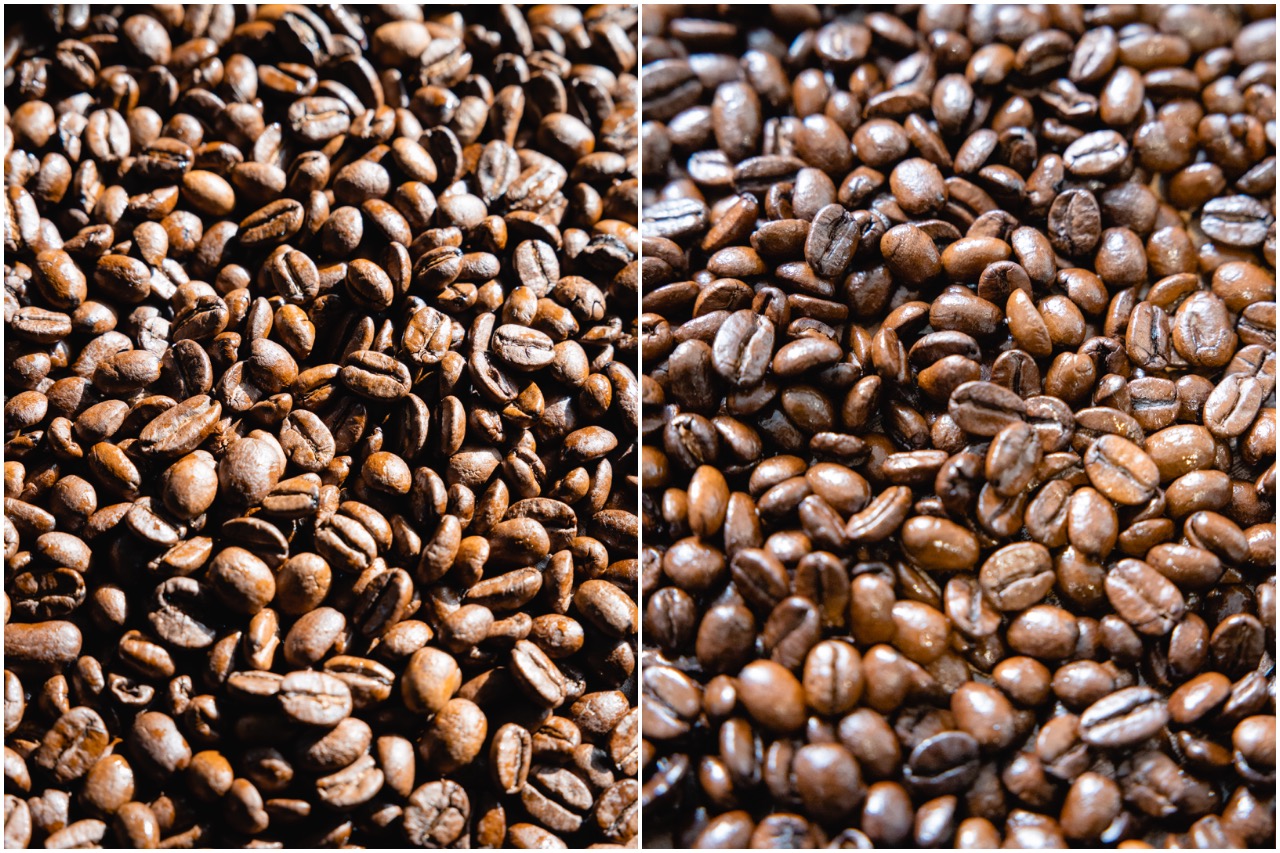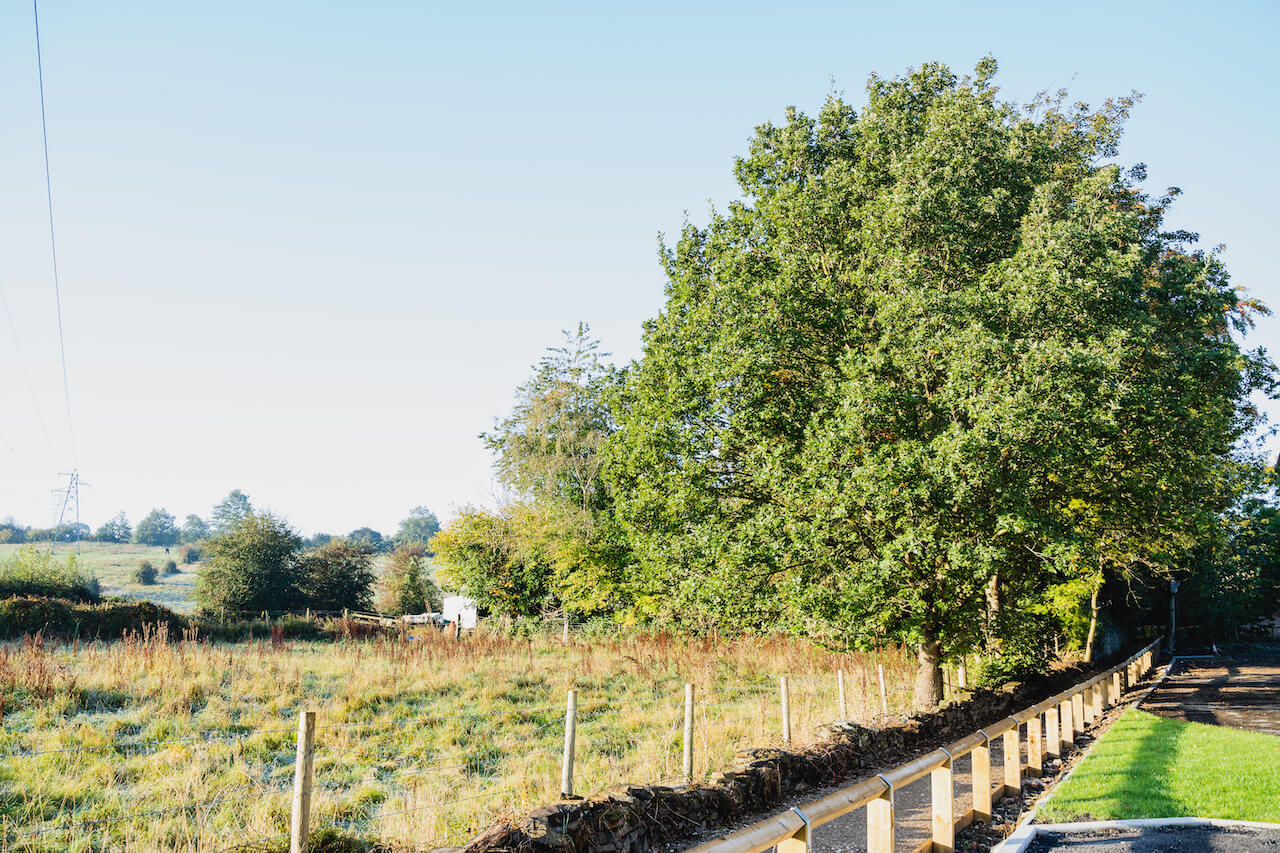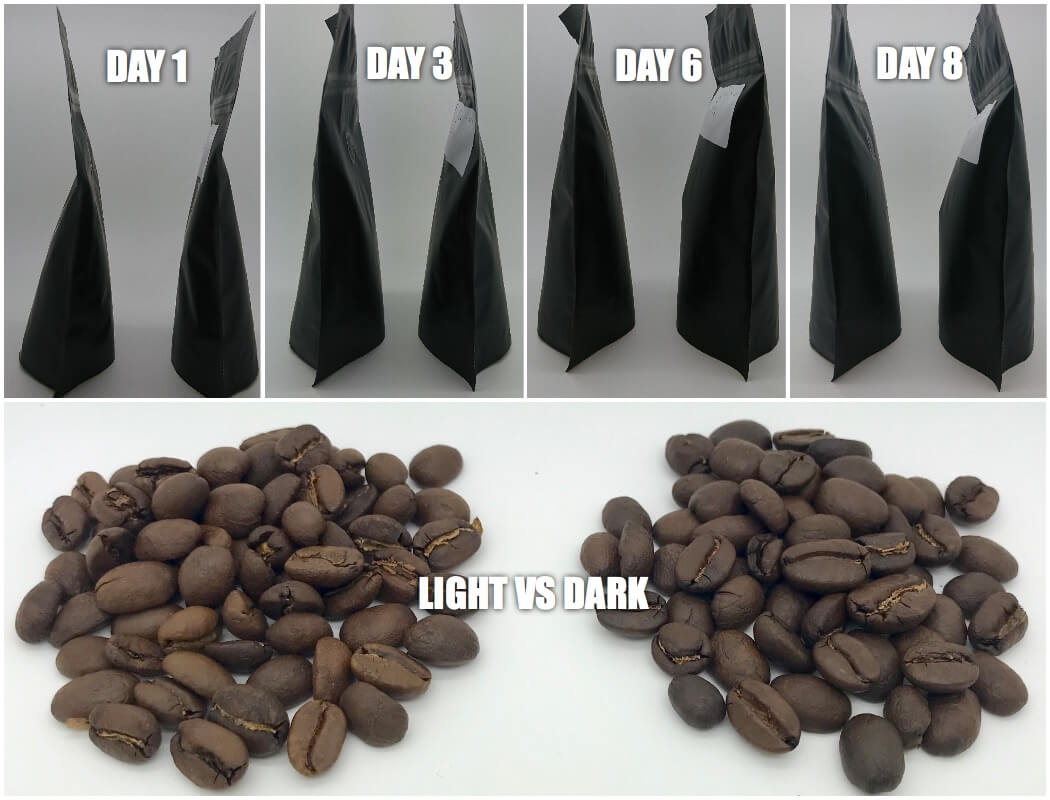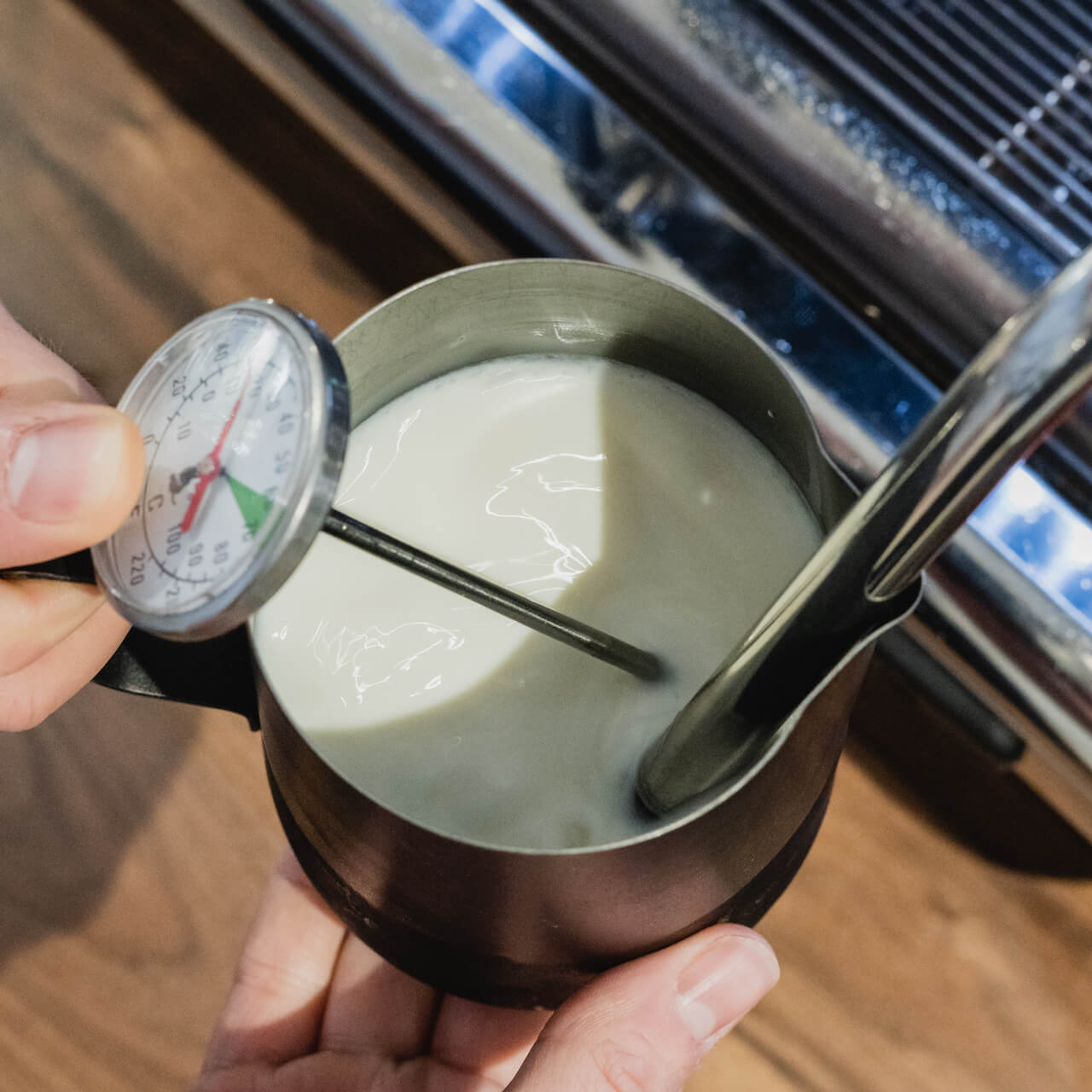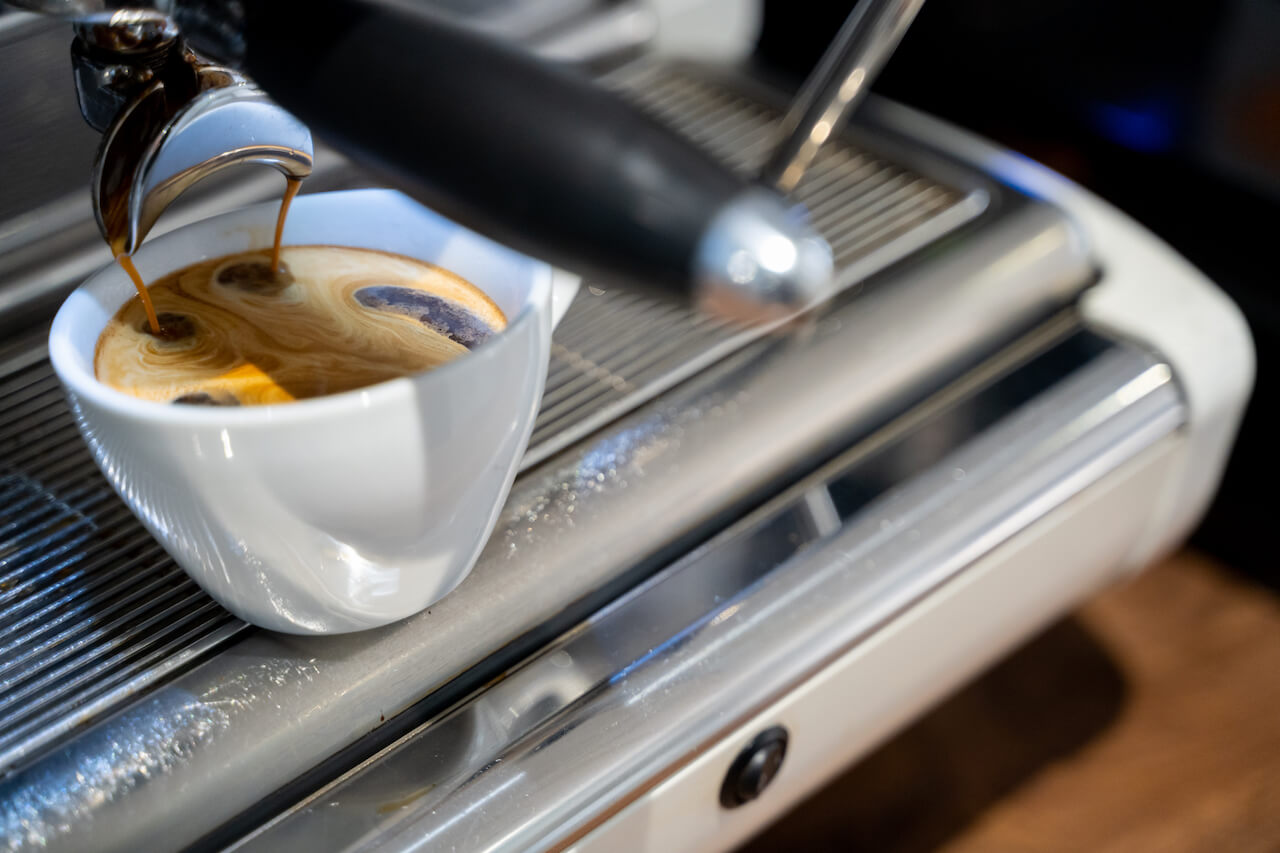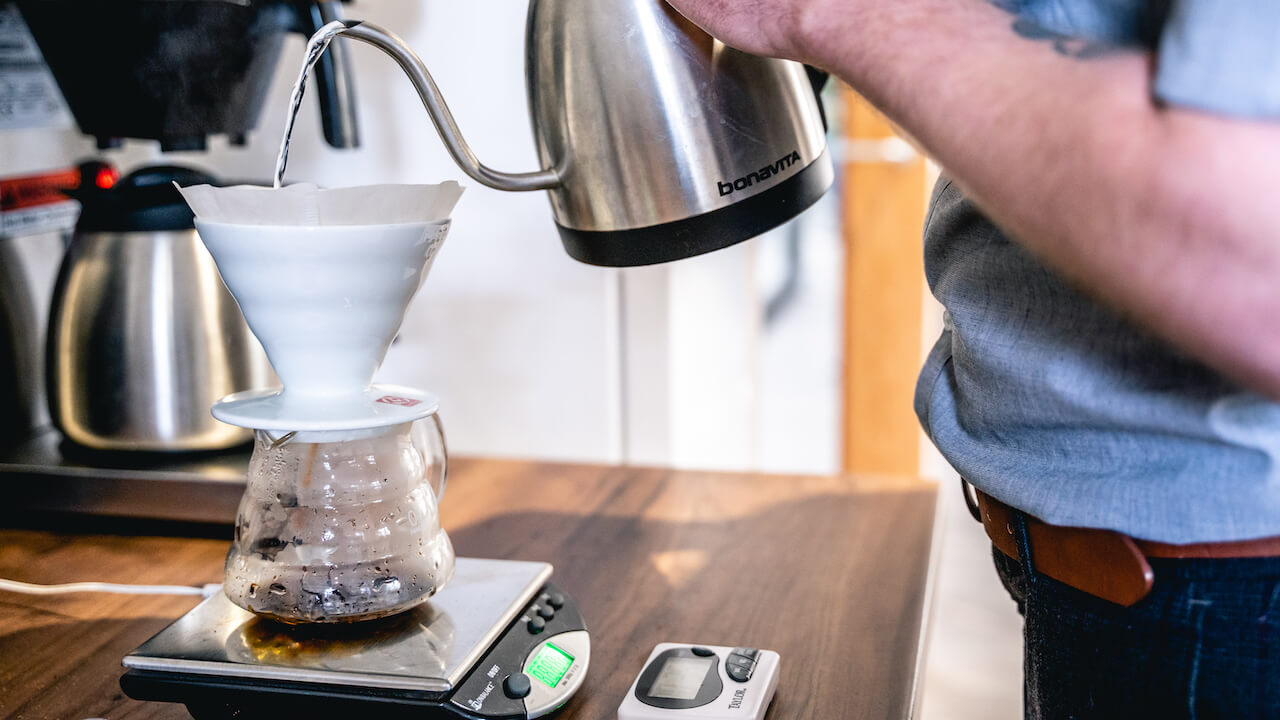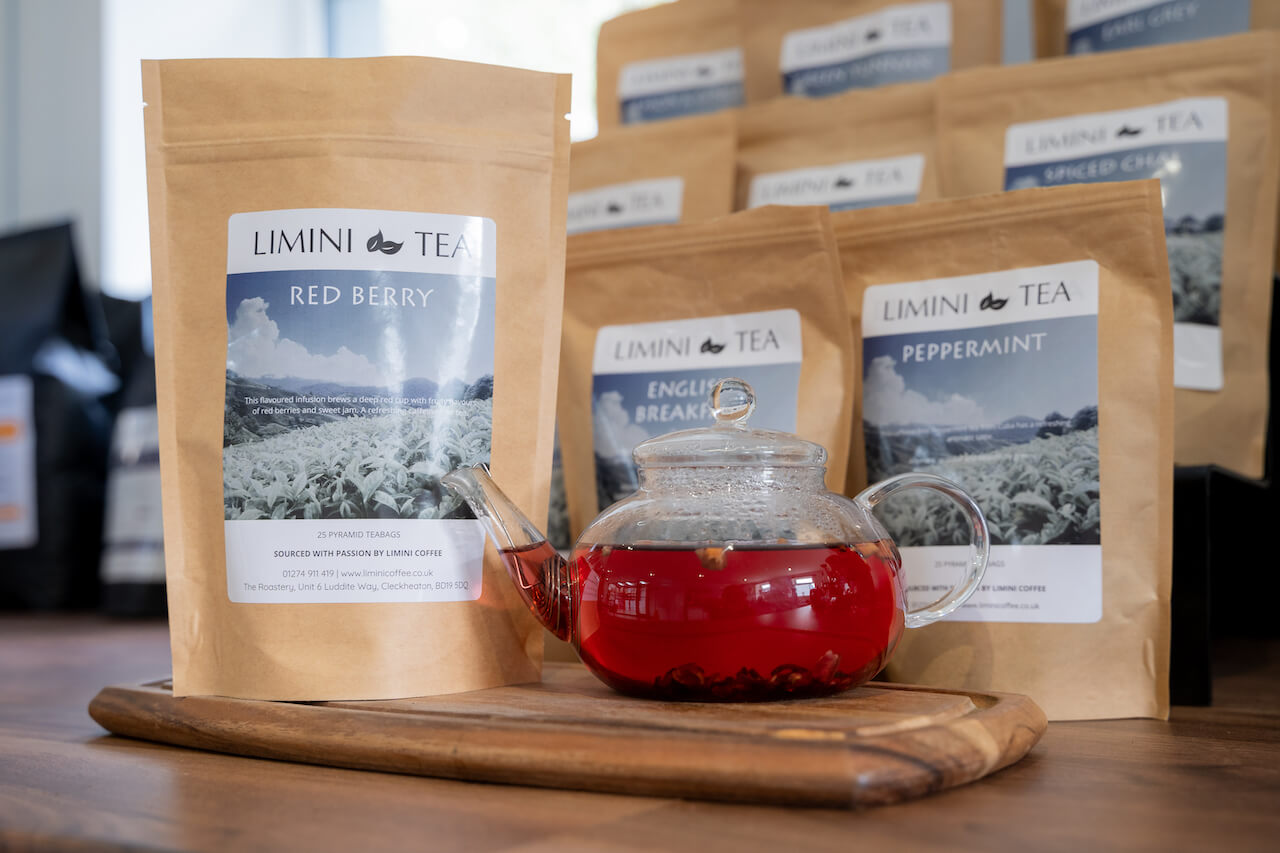What's that smell?
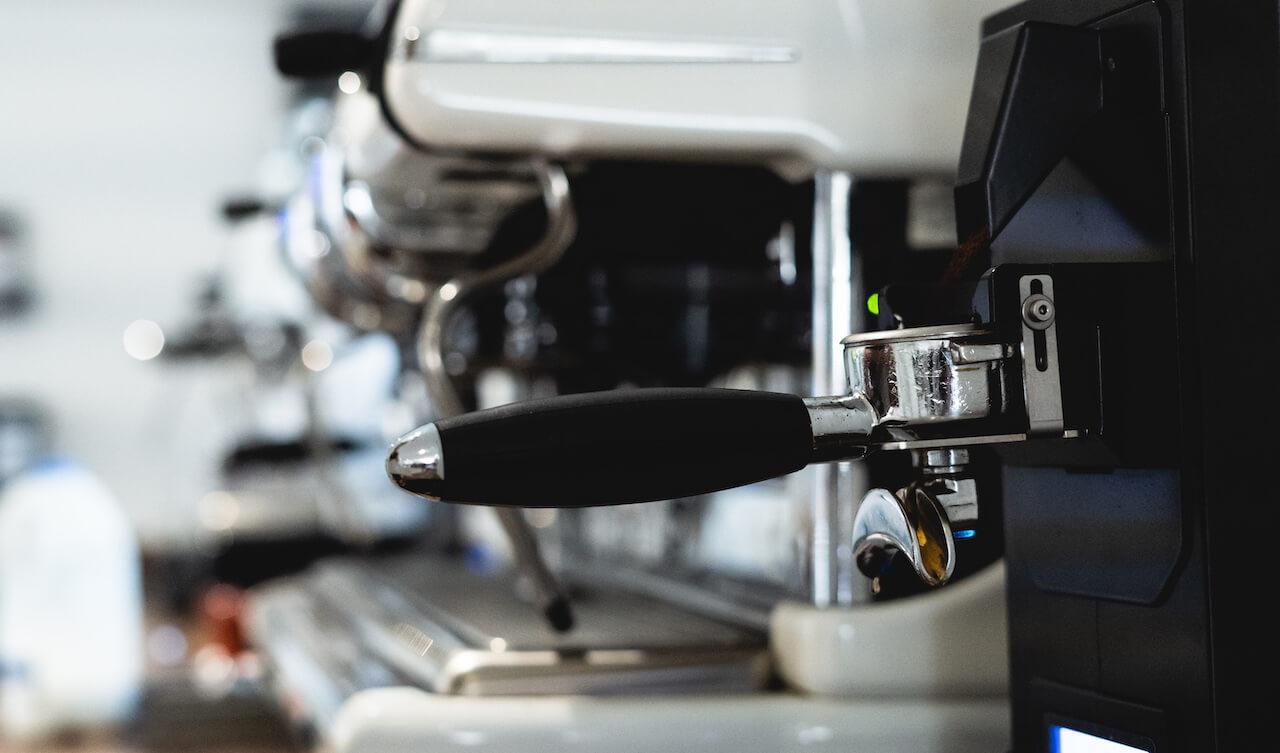
Its 6.30am and nearly time to open up; you walk through your shop door ready for another busy day. You switch on your coffee machine, pop the float in the till, stick the croissants in the oven and get ready to dial in your grinder. You grab your bag of fresh Limini coffee beans and pull the bag open. Then it hits you as you take in a deep breath and enjoy the wonderful aroma spilling out from the bag, wow! There is no smell like it: sweet, roasty, complex; enough to put a smile on your face! But what is that aroma, why does coffee smell so amazing and ultimately how does this affect its flavour?
It may surprise you but the aroma of coffee gives most of the flavour characteristics that result in that amazing complex shot. Think about it, when you have a cold and your nose is blocked, nothing tastes much of anything. Try it out when you next drink a cup of coffee. Hold your nose when you take your first sip, when you let it go taste the flavour explosion. Its crazy just how important aroma is in our perception of flavour. Your tongue it is only able to detect sweet, salty, bitter and sour as well as mouth-feel. Anything else is due to aromatic volatile compounds that make their way into our nasal passage. There are two ways in which that aroma can activate our noses: by smelling the coffee through our nose or by drinking the coffee and these aromatic compounds entering the nasal passage, this is known as retro nasal perception.
There have been found to be over a thousand different chemical compounds in coffee, with more being discovered as analytical methods are improving. However, not all of these carry a scent. The ability to smell these compounds is dependent on what temperature it is able to evaporate and become airborne as well as their concentration and odour threshold (i.e. the concentration needed to be detectable by the human nose). It has been found that furans are the most predominant group of compounds and are said to have a caramel-like odour. Other compounds include aldehydes that provide a fruity aroma and pyrazines with an earthy scent.
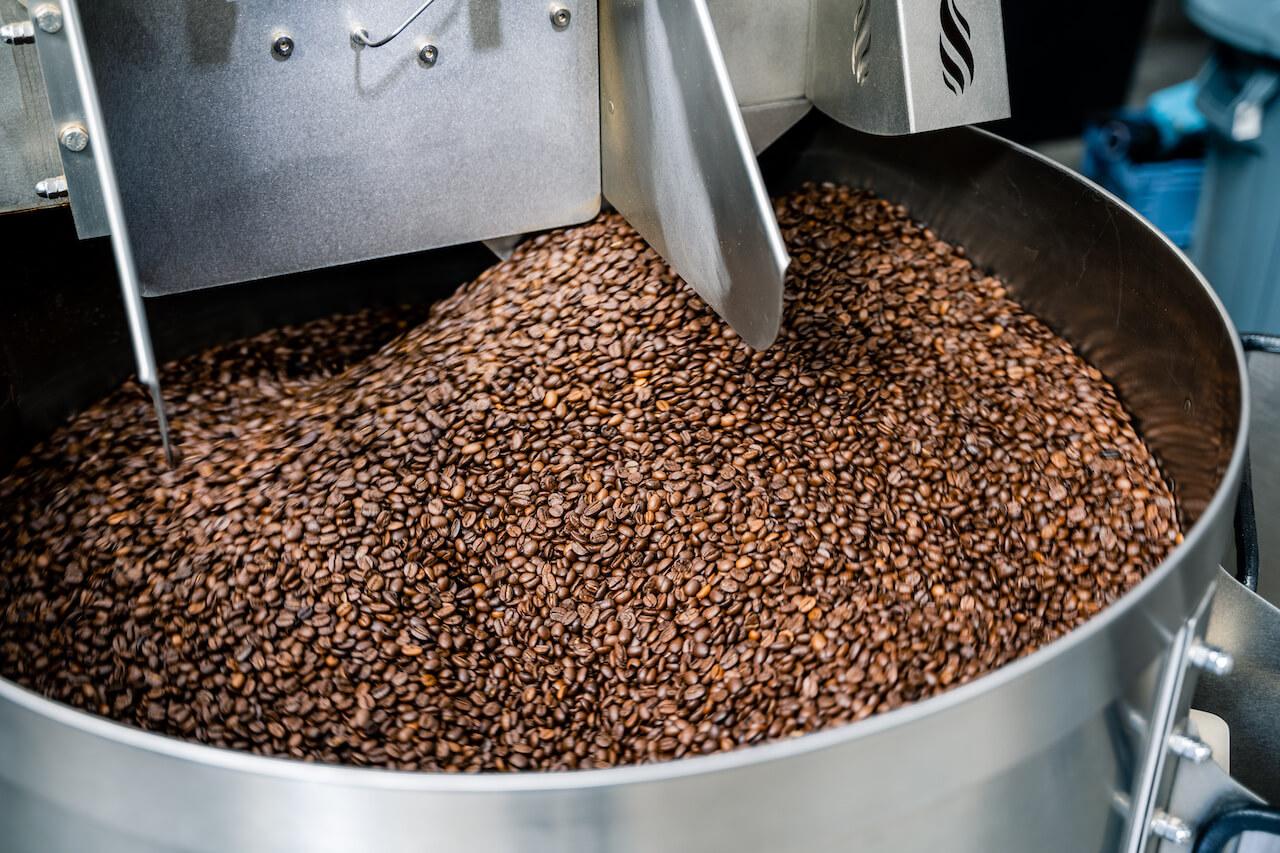
If you have ever smelt green unroasted coffee beans, you will be aware that they smell nothing like the beautiful ingredient we know and love. So what allows for the wonderful aromatic compounds to develop in the coffee? In short, roasting. Roasting allows for a plethora of chemical reactions to occur, many of the by-products of which are these aromatic compounds. The reactions that take place include: Maillard reactions, strecker degradation and the degradation of amino acids, trigonelline, sugars, phenolic acids and lipids. But that's enough of the chemistry. Each of these aromatic compounds will give us its own aroma perception if in the necessary concentration, the aroma we may note could be anything from honey, butter, or caramel to spicy, phenolic or earthy.
As a bag of roasted coffee rests, these volatile aromatic compounds evaporate from the beans, along with CO2, and over time the level of such compounds will drop. This is why fresh coffee tastes so dramatically different to a coffee roasted months ago. Also, on grinding, the surface area of the bean is increased, allowing these compounds to evaporate further. Pre-ground coffee will have lost so many of these compounds and will ultimately result in a very disappointing drink. Another factor to bear in mind is the importance of crema for these aromatic compounds. On extraction of an espresso, gas bubbles are coated in melanondin. This network of bubbles is able to trap many of the aromatics that have been extracted from the coffee grounds. On drinking, the aromas are released as the bubbles burst in our mouths giving us the flavour perception we crave. Coffee that isn't fresh will have less crema and therefore this effect is weakened.
It is evident therefore that the aroma of coffee is what gives us the complexity of flavour that is speciality coffee! So lets do the coffee justice and remember fresh is best!
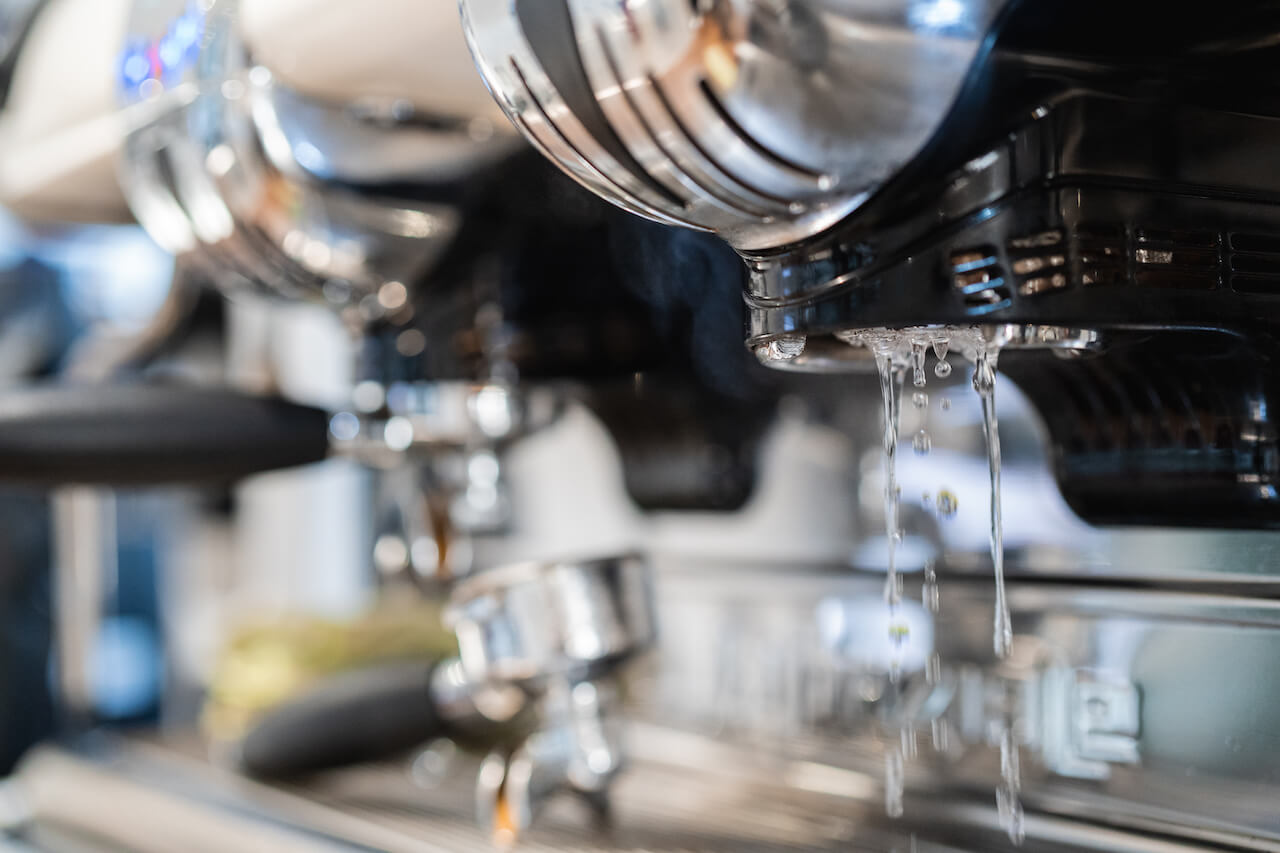
Flushing of the group head
Why the need for flushing the group head should be an important part of your routine.
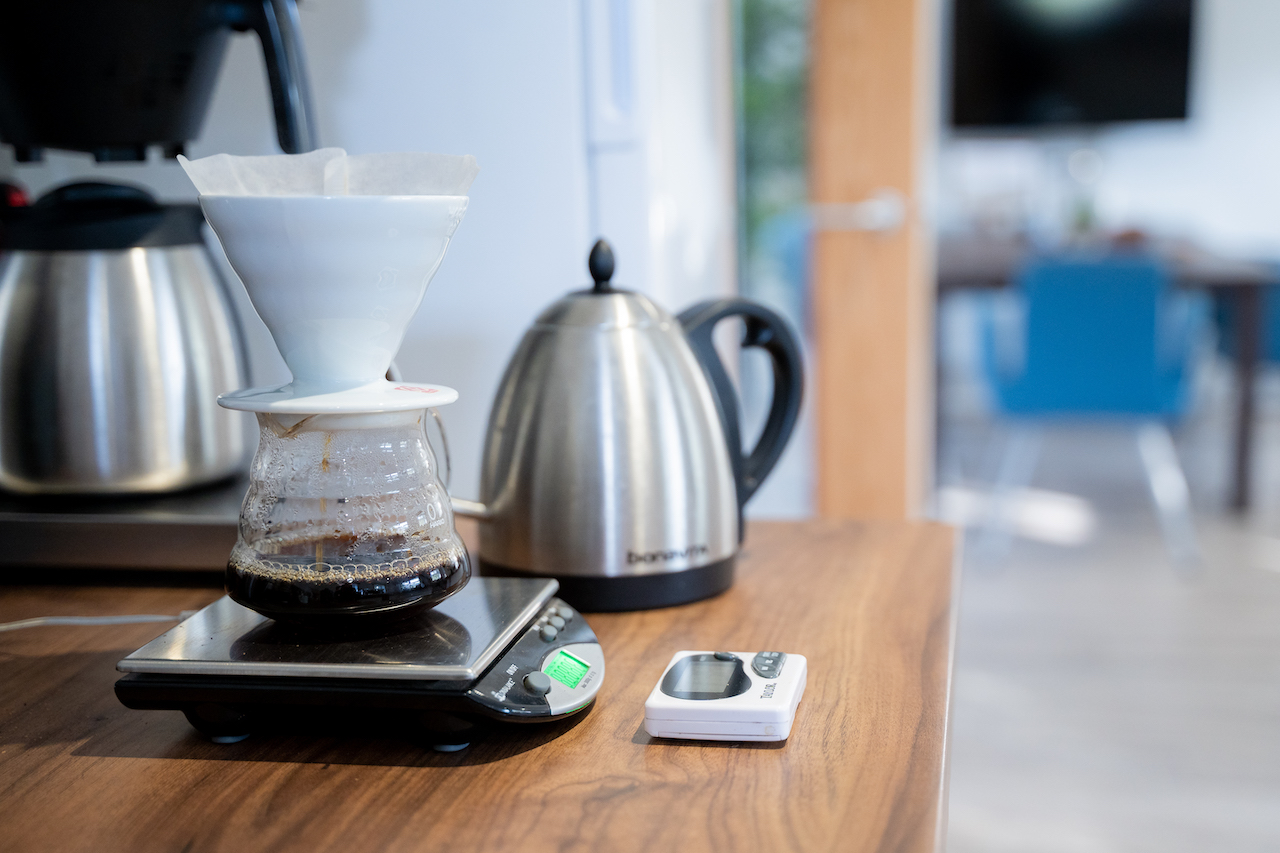
How to serve filter coffee
An article about the various methods of how to serve filter coffee in a busy coffee shop.

What is that smell?
You walk through the doors into your beautiful coffee shop and you smell the wonders of coffee.
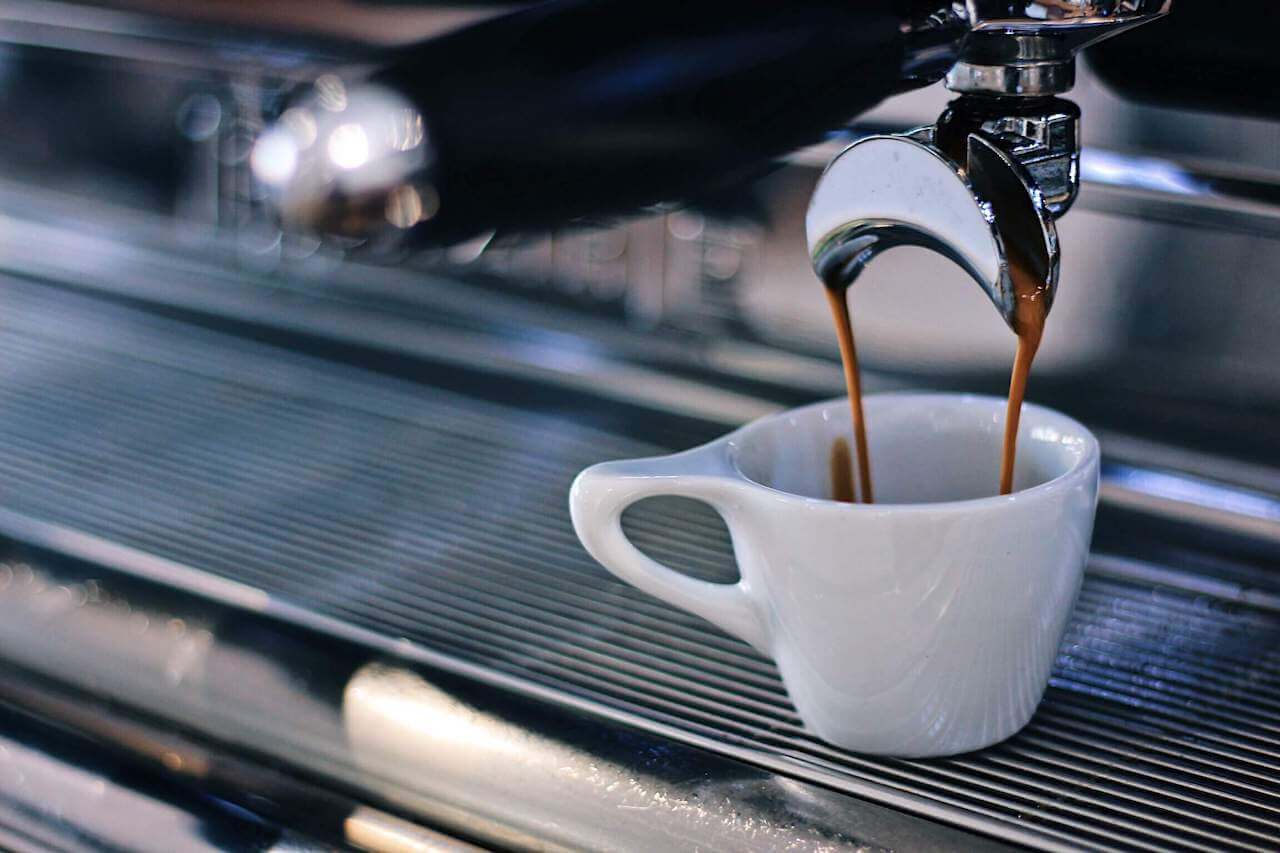
No more espressos...
A different concept for serving espresso based drinks.You can be different and serve coffees with a different base.
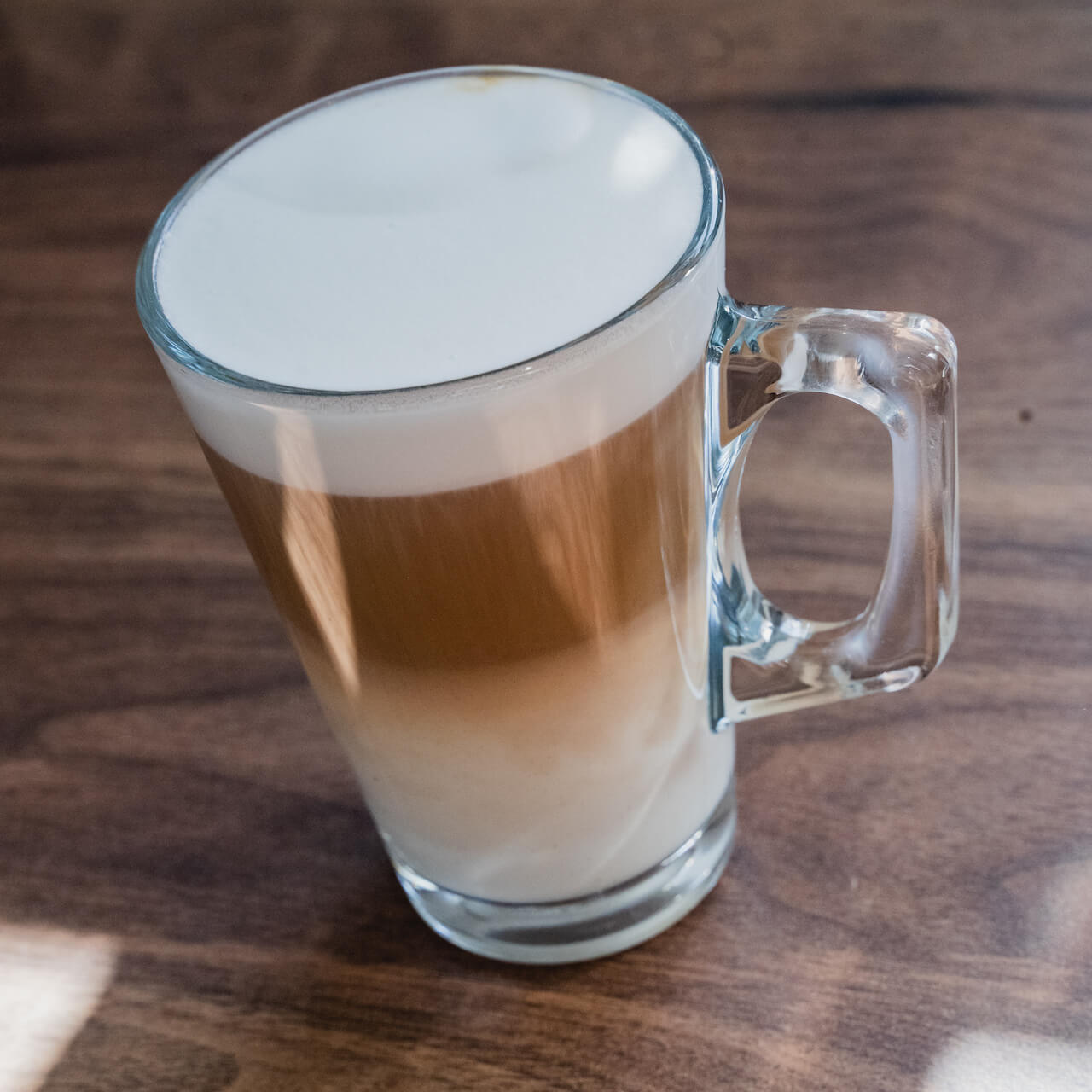
Latte, cappuccino, macchiato.... what?
A simple explanation of many of the amazing names that the coffee world has come up with over the years.
Tamping
Learn more about why tamping is actually so important. It is a skill owned by the barista and it does make a difference.

Compact vs normal size machines
What really is the difference between a compact and a standard size machine.
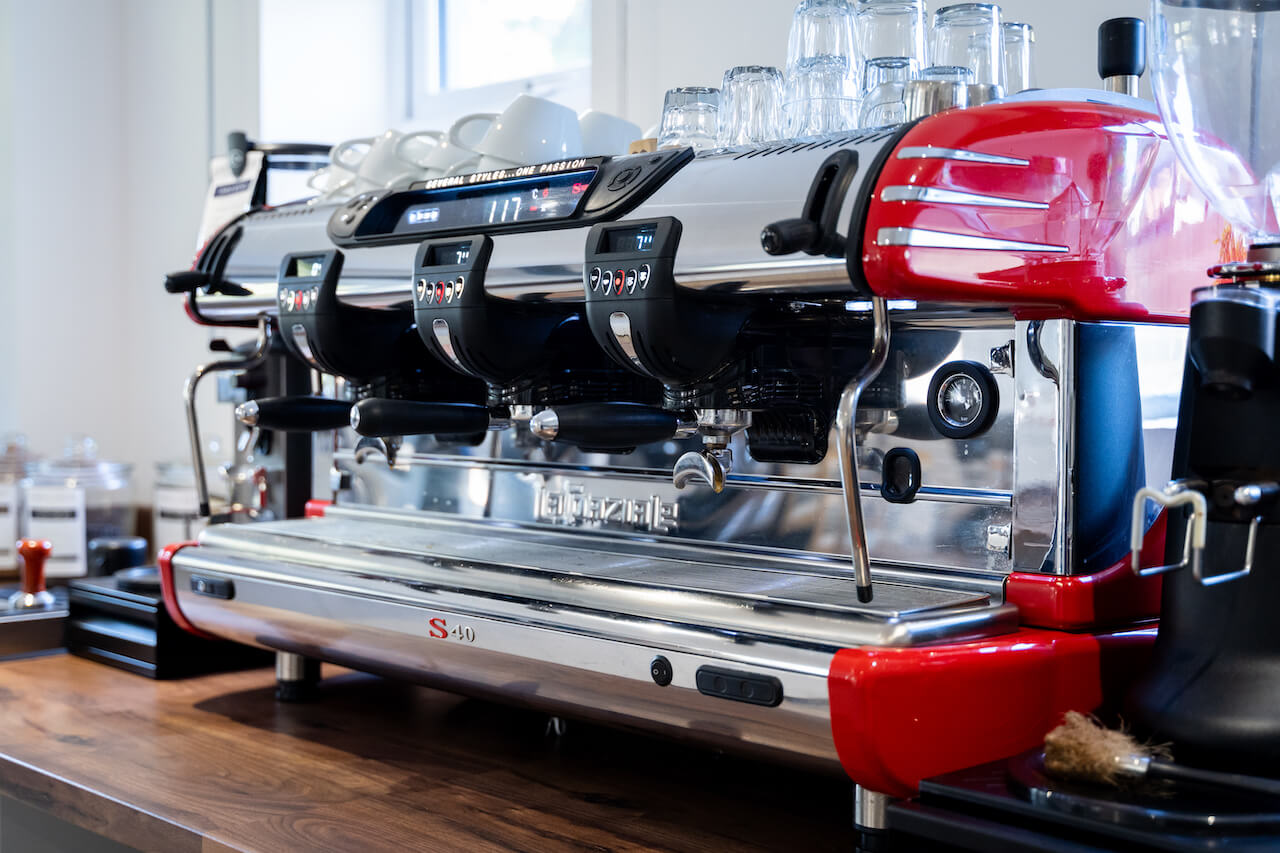
Guide to espresso equipment
Our comprehensive guide on choosing the correct equipment for your espresso drinks.
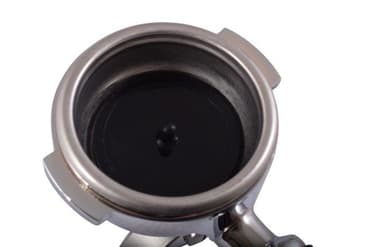
Backflushing your espresso machine
Learn about why you need to backflush an espresso machine and how it works.
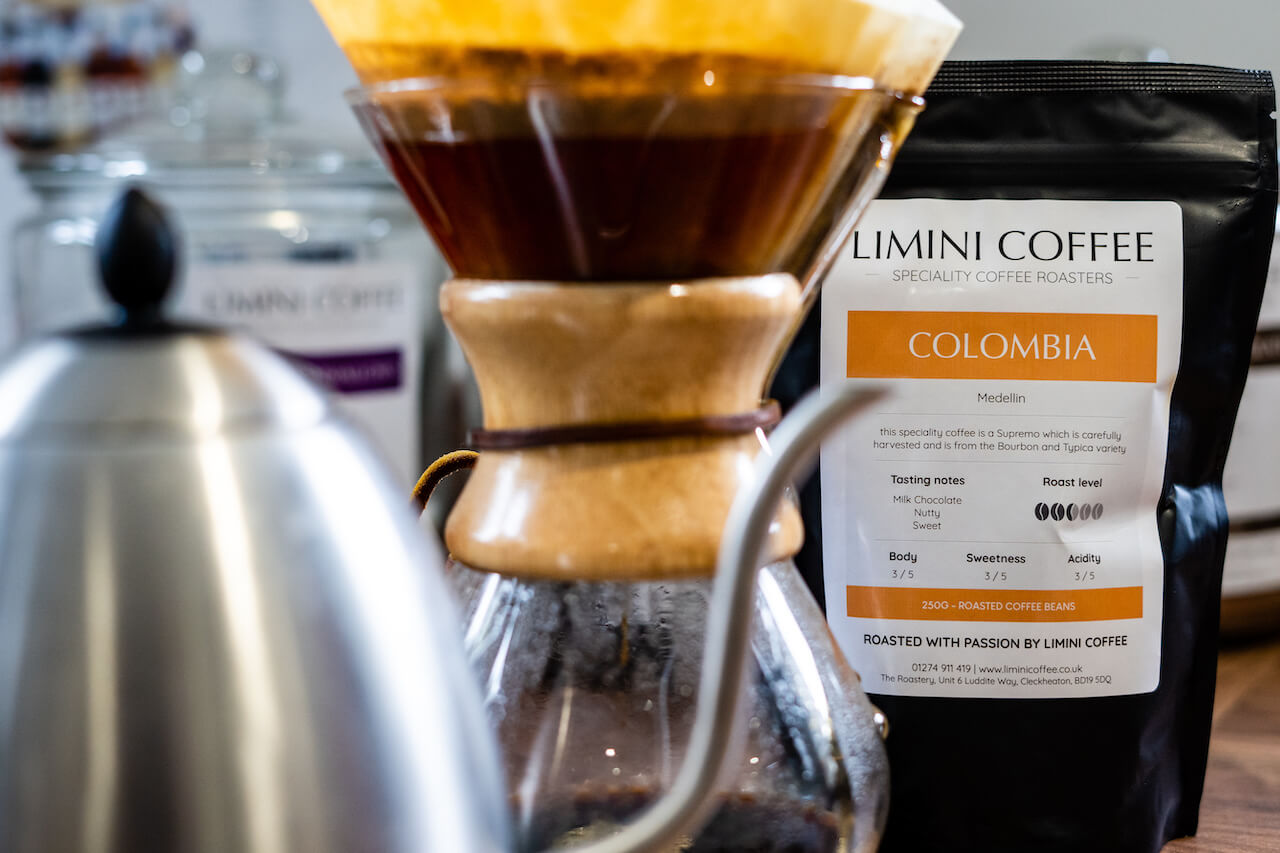
Filter coffee
Filter coffee is beautiful and here we will introduce you to some of the more popular methods.
.webp)
call us for a chat on 01274 911 419
Monday - Friday | 09:00 - 16:30
Closed bank holidays
Terms and conditions | Privacy policy | Website settings
By continuing to browse you agree to our use of cookies.
Copyright © 2008-2025 Limini Coffee Services Limited. All Rights Reserved


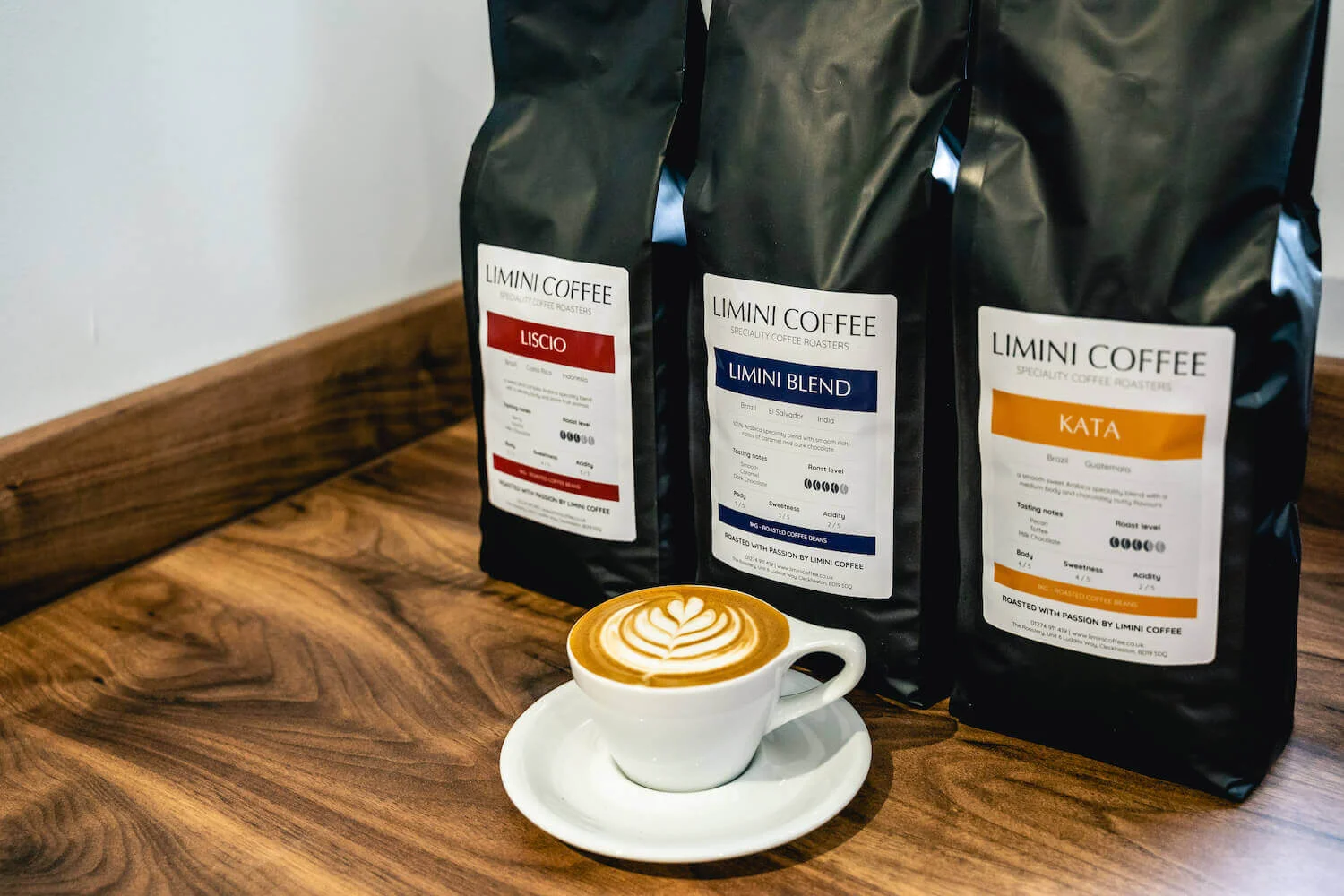
.webp)
